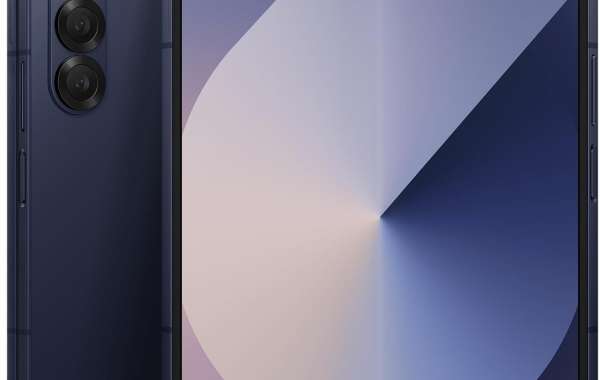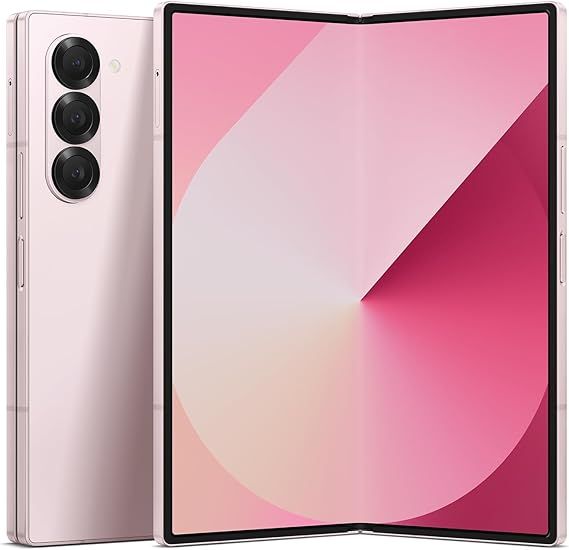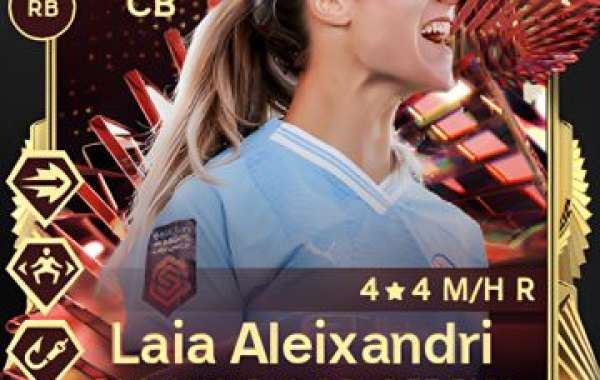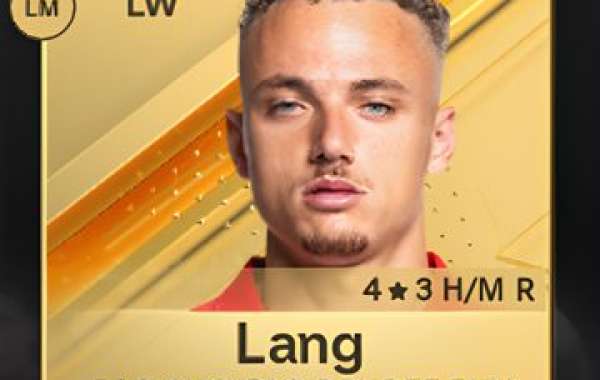BUY Amazon -33% $1,272.01
SAMSUNG GALAXY Z FOLD 6 SPECS
| Operating System | Android 14 |
| CPU | Qualcomm Snapdragon 8 Gen 3 for Galaxy |
| Dimensions | 6.04 by 5.22 by 0.22 inches |
| Screen Size | 7.6 inches |
| Screen Resolution | 2,160 by 1,856 pixels |
| Camera Resolution (Rear; Front-Facing) | 50MP, 10MP, 12MP; 10MP, 4MP |
| Battery Life (As Tested) | 11 hours, 30 minutes |
The $1,899.99 Samsung Galaxy Z Fold 6 picks right up where the Z Fold 5 left off: It's an exceptionally versatile phone with enough power to handle most any task you throw its way. The improvements over its predecessor aren't groundbreaking, but its refined cover screen experience, increased durability, and reduced weight all help give it a premium feel in line with its price. The fantastic camera system, seven years of software support, and innovative Galaxy AI features are highlights, too. Our main complaint centers around the Z Fold 6's underwhelming charging specs, but that's not enough of an issue to prevent it from earning our Editors' Choice award. It's simply the best big foldable phone phone on the market.
Design: A Familiar But New Bend
The Galaxy Z Fold 6 measures 6.04 by 2.68 by 0.48 inches (HWD) when closed, spans 6.04 by 5.22 by 0.22 inches when open, and weighs 8.43 ounces. It's shorter, wider, thinner, and lighter than the Z Fold 5, which measures 6.10 by 2.64 by 0.53 inches closed, expands to 6.10 by 5.11 by 0.24 inches unfolded, and tips the scales at 8.92 ounces. The aging $1,799.99 Google Pixel Fold is downright hefty by comparison. It comes in at 5.50 inches by 3.10 inches by 0.50 inches closed, folds out to 5.50 by 6.24 inches by 0.23 inches, and weighs 9.98 ounces. All three of these devices fold flat when closed, a must for all foldable phones these days.
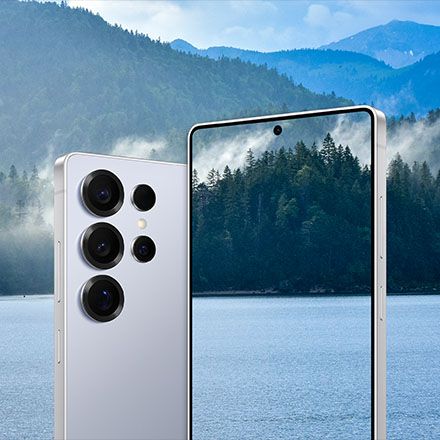
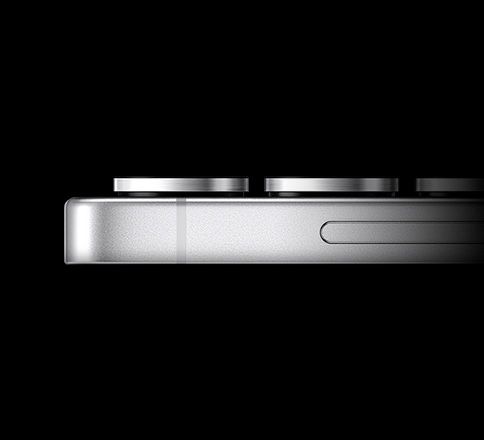
The hinge operates smoothly with the right amount of resistance. The Z Fold 6 holds its angle from about 45 to 135 degrees; otherwise, it snaps shut or open. Like previous models, the device should survive 200,000 folds. OnePlus claims its foldable phone, the OnePlus Open, can withstand a million folds.
Three cameras are on the rear in a raised, pill-shaped area, with a flash to the right. Otherwise, the back is a showcase for the colored panel. The Z Fold 6 comes in Pink, Navy, or Silver Shadow (the last the color of my test unit). Samsung also sells two exclusive colors on its website: Crafted Black or White. The matte finish on the back, frame, and hinge gives the Z Fold 6 a sophisticated look, though the back of my test unit was a smudge magnet.
Displays: Excellence on the Outside and Inside
The outer display of the Galaxy Z Fold 6 measures 6.3 inches and has a resolution of 2,376 by 968 pixels. It also features an adaptive refresh rate of 1Hz to 120Hz, and a peak brightness of 2,600 nits, both specs it shares with the inner screen. This consistency between displays makes the experience feel cohesive. Additionally, the brightness of the screens makes them visible even in harsh sunlight. When I was taking photos on a sunny day, I was impressed that I could see both screens in vivid color.
The front of the Z Fold 6 is more symmetrical than the Z Fold 5, the face of which is more like an exaggerated "D." That refinement makes the Z Fold 6 look more like a regular phone instead of a specialty one. Its larger cover screen is more comfortable to use than the 6.2-inch panel of the Z Fold 5 and doesn't add significant width to the device. Fold fans should enjoy this change, but it may still feel narrow to people coming from traditional slab phones like the Galaxy S24 or users of the wider Pixel Fold. The OnePlus Open is an attractive alternative since its 6.31-inch outer screen falls between the ones on the Z Fold 6 and the Pixel Fold.
The inner screen measures 7.6 inches and has a resolution of 2,160 by 1,856 pixels in an almost square 20.9:18 aspect ratio. The Z Fold 5's main display is also 7.6 inches, though it has a resolution of 2,176 by 1,812 pixels in a slightly more widescreen, 21.6:18 aspect ratio. Because of those dimensions, the Z Fold 6 shows larger black areas when 16:9 video is letterboxed, and the video window is slightly narrower in width. The difference in viewing area is in the millimeter range, however. I think it's a fair trade-off for a wider front screen and a lighter overall weight. The under-display camera is unobtrusive and virtually disappears unless you seek it out.
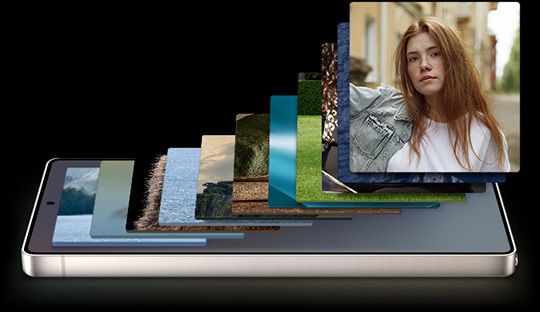
Performance: As Fast as Ever
Samsung equips the Z Fold 6 with a Qualcomm Snapdragon 8 Gen 3 for Galaxy system on a chip (SoC) and 12GB of LPDDR5x RAM. This is the same amount of RAM in the Z Fold 5, the Galaxy S24+, and the Pixel Fold. 12GB is a great amount, but considering the high price of the Fold 6, I would have liked to see even more RAM on board. For comparison, the $649 Redmagic 9 Pro gaming phone ships with 16GB of RAM, while the $1,499 Asus ROG Phone 8 Pro Edition has 24GB.
As for storage, three options are available: 256GB ($1,899.99), 512GB ($2,019.99), and 1TB ($2,259.99). All have UFS 4.0 storage for fast access and transfer speeds. Like many modern smartphones, there is no microSD card slot for expansion, which is something I will complain about forever. I tested the 512GB version.
In day-to-day usage, the Z Fold 6 offers blazing performance. Apps launched quickly, multitasking worked seamlessly, and app switching was fast. The device never froze during testing and didn't require any restarts. To keep things cool and improve performance, Samsung says it has increased the size of the vapor-chamber thermal hardware by 1.6 times compared with the Z Fold 5. With normal usage, the Z Fold 6 never felt hot.
Battery Life: Long Runtimes, But Lagging Charging Speeds
Like the Z Fold 5, the Z Fold 6 uses a 4,000mAh battery. For our rundown tests, we stream a full HD video on the device at full brightness. In this case, I tested the battery with the phone fully open. The Fold 6 survived 11 hours and 30 minutes in this scenario. That's 10 minutes better than for the Z Fold 5 and well beyond the 8-hour mark of the Pixel Fold.
Charging the Z Fold 6 with a fast charger (you don't get one in the box) took the battery from 0% to 100% in 1 hour and 35 minutes, which is about 10 minutes longer than for the Z Fold 5. A 15-minute charge brought the Z Fold 6 up to 24%, while a 30-minute session got it to 42%.
With the Z Fold 6, you get 25W fast wired charging, 15W wireless charging, and reverse wireless charging. I would prefer faster wired charging at a minimum, since the Galaxy S24+ and S24 Ultra both support up to 45W. Even the Pixel Fold can charge at 30W. The Samsung Fold line has been stuck on 25W charging for too long. This is something that must improve if Samsung continues to keep the phone's pricing this high.
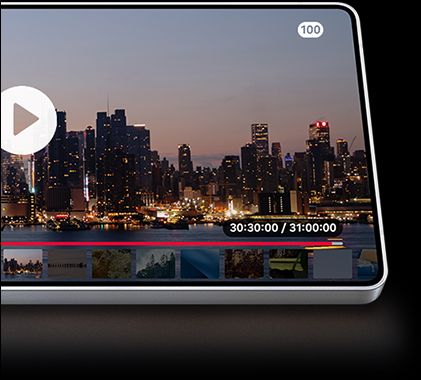
Connectivity and Calls: Superfast 5G and Good Sound
The Galaxy Z Fold 6 supports 5G (sub-6GHz including C-band and mmWave), Wi-Fi 6E, Bluetooth 5.3, and NFC. On T-Mobile's 5G UC network in New York City, the Z Fold 6 reached a maximum download speed of 1.02Gbps (or 1,023Mbps) and an upload speed of 46.6Mbps. For comparison, the Z Fold 5 pulled 1.10Gbps down and pushed 26.6Mbps up on the same network and in the same location. The download speeds for both are excellent.
When I connected it to a Wi-Fi 6 access point, the Z Fold 6 reached peak speeds of 282Mbps down and 14.8Mbps up. The Z Fold 5 fared better, with 338Mbps down and 15.0Mbps up. When I took the phones as far away as possible from the access point in my apartment, the Z Fold 6 dropped to 178Mbps down and 13.2Mbps up, while the Z Fold 5 hit 255Mbps down and 11.7Mbps up. These speeds are fine, though I would have liked the Z Fold 6 to include Wi-Fi 7 for the future. The Galaxy S24 Ultra supports that standard, for comparison.
Cameras: Still Impressive
Don't expect to see many major differences between the cameras for the Galaxy Z Fold 6 and Fold 5. That's not a bad thing, since both phones take excellent photos. Samsung cameras tend to produce vivid, mildly oversaturated images, and the Z Fold 6 continues that trend. The phone does introduce improvements for low-light photography, however, with pictures showing more vibrant colors and brightness. Of course, the clarity of images in the Night mode depends on how steady you keep your hands.
The Z Fold 6 uses a 50MP f/1.8 main camera with dual-pixel autofocus, optical image stabilization (OIS), and an 85-degree field of view. By default, the Fold employs pixel-binning to produce 12MP images with great clarity and vivid color. Full 50MP images show more detail and less contrast.


A 12MP f/2.2 ultra-wide camera with a 123-degree field of view is also on board. Images from it show colors and detail consistent with those from the main camera. Samsung applies distortion correction to these photos, but some warping is still visible at the edges. The company says this camera has new low-light noise reduction capabilities. Low-light photos from this lens appear brighter, and with better color accuracy, than the equivalent from the Z Fold 5, though colors can still sometimes look splotchy.

The 10MP f/2.4 telephoto camera has 3x optical zoom, phase-detection autofocus, OIS, and a 36-degree field of view. Photos from it show crisp detail and distinct (though oversaturated) colors with no muddiness.

You get two dedicated front-facing cameras. One is a 10MP f/2.2 imager in the cover screen that captures excellent detail. This camera also has a portrait mode that performs well. Many other devices' cameras tend to partially blur out my glasses, but the Z Fold 6 properly separated me and my glasses from the background for a realistic bokeh effect.
Software and Support: A Top-Notch Experience
Samsung ups the ante this year: The Android 14-powered Galaxy Z Fold 6 will receive seven years of OS updates and security fixes. This support window is longer than the Z Fold 5's (four years of OS update, five years of security update) and in line with Samsung's commitment for the Galaxy S24 series. The Pixel Fold will get just three years of OS updates and at least five years of security patches. If you want a foldable phone for the long run, Samsung makes a good case.
One UI 6.1.1, Samsung's custom software, runs atop Android with a light touch. It adds features like the Edge Panel (a dock you can hide), three-app window tiling instead of the standard two, gesture control, and Dex (Samsung's desktop interface). One UI does a good job of augmenting Android with productivity tweaks and otherwise staying out of the way.
Galaxy AI: Fun and Useful Tools
Samsung's suite of AI tools, called Galaxy AI, also makes its way onto the Galaxy Z Fold 6.
One feature, Notes Assist, is available in the Notes app; it can organize or summarize your notes. I found that Notes Assist can't analyze long handwritten notes in testing, so you must do portions at a time. Once the analysis is complete, you get the option to copy the new text or add it to the bottom of your note. Notes Assist provided mostly useful organization suggestions and summaries, though it didn't always turn my handwritten notes into text correctly. (I partially blame my handwriting for its troubles.)

Notes can also translate PDFs by changing text in place. I tested this with a car manual and had the app translate from English to Spanish. The new text appears first on the page you are viewing, while the rest of the translation happens in the background. This feature keeps the layout of a PDF intact, though it's not perfect. For example, on a page that explains what car dash symbols mean, Notes translated the symbols to text. Nonetheless, this is a promising feature that I hope gets further development.

The AI features that are the most fun are photo-based. Sketch to Image takes your drawings and uses AI to create interpretations of them. You can also use it to draw on existing images. The easiest way to use the feature is to open an image using the Gallery app, tap the Galaxy AI stars icon, and then select Sketch to Image. I drew a crown on my dog and was pleased with the somewhat realistic results. There is a watermark on the bottom left saying "AI-generated content," though it's subtle and easy to crop out.

Portrait Studio is a Galaxy AI feature that debuts on the Z Fold 6. With this, your phone can create an image of a person in one of four styles (Comic, 3D Cartoon, Watercolor, or Sketch). I don't think this feature is fully baked yet, considering the results. I found the software turned my brown skin peach, while some of my features didn't look quite right. The image thumbnails looked fine, but the illusion broke down once I viewed the full versions.
